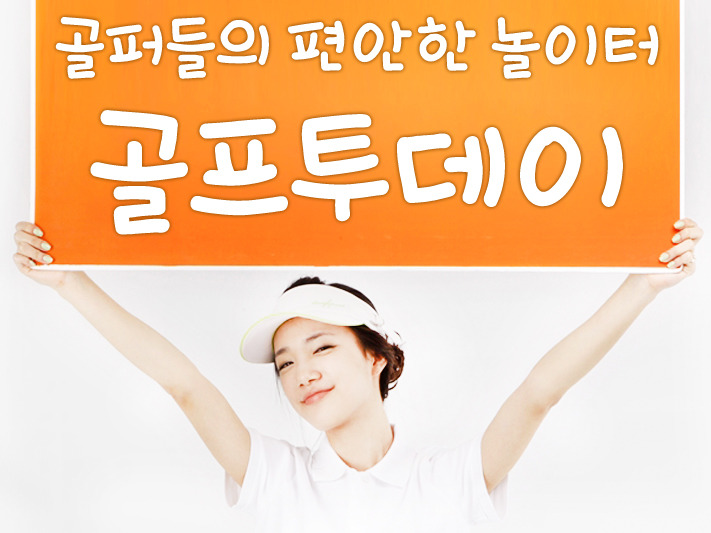The Best Breathing Techniques for Anxiety Relief
When anxiety hits, your breath is the first thing that changes—and the first thing you can control.
Whether it’s shallow chest breathing, racing thoughts, or a pounding heart, how you breathe directly affects how you feel.
The good news? Learning to breathe intentionally can be one of the most powerful (and free) tools for reducing anxiety—anytime, anywhere.
In this article, we’ll explore the top breathing techniques for anxiety relief, backed by science and easy enough to practice in under 5 minutes a day.
🧠 Why Breathing Affects Anxiety
Breath is the bridge between your body and mind.
When you’re anxious, your sympathetic nervous system (fight or flight) is activated. Breathing deeply activates the parasympathetic nervous system (rest and digest), helping you shift out of stress mode.
Benefits of intentional breathing:
- Lowers cortisol
- Reduces heart rate and blood pressure
- Improves focus and emotional regulation
- Enhances sleep quality and digestion
🌬️ Controlled breathing = nervous system reset.
✅ The 5 Best Breathing Techniques for Anxiety
1. Box Breathing (4-4-4-4 Method)
Used by Navy SEALs and performance coaches.
🧘♀️ How to do it:
- Inhale through your nose for 4 seconds
- Hold your breath for 4 seconds
- Exhale through your mouth for 4 seconds
- Hold again for 4 seconds
- Repeat for 4–6 cycles
📌 Great for: Rapid anxiety relief, mental clarity, sleep preparation
2. 4-7-8 Breathing
This technique slows the nervous system and is ideal for winding down.
🌙 How to do it:
- Inhale through the nose for 4 seconds
- Hold for 7 seconds
- Exhale through the mouth slowly for 8 seconds
- Repeat 4–8 times
📌 Great for: Bedtime, emotional overwhelm, calming before a presentation
3. Resonance Breathing (Coherent Breathing)
Breathing at a rate of 5–6 breaths per minute helps regulate heart rate variability (HRV)—a key marker of stress resilience.
⏱ How to do it:
- Inhale for 5 seconds
- Exhale for 5 seconds
- Continue for 5–10 minutes
📌 Great for: Daily anxiety management, HRV training, vagus nerve stimulation
4. Double Inhale, Long Exhale (Huberman Method)
Popularized by Dr. Andrew Huberman, this pattern quickly reduces carbon dioxide and slows the heart rate.
🧠 How to do it:
- Take a short inhale through the nose
- Immediately take a second, deeper inhale
- Exhale slowly and fully through the mouth
- Repeat 3–5 times
📌 Great for: Panic attack prevention, public speaking, stressful social moments
5. Alternate Nostril Breathing (Nadi Shodhana)
A yogic breathing practice that balances both brain hemispheres.
🧘 How to do it:
- Use your right thumb to close your right nostril
- Inhale through your left nostril
- Close left nostril with your ring finger, exhale through right
- Inhale through right, then close and exhale through left
- Repeat for 3–5 minutes
📌 Great for: Balance, grounding, pre-meditation focus
🛠️ How to Create a Breathing Practice That Sticks
| Habit | How to Implement |
|---|---|
| Morning routine | 3 minutes of resonance breathing before screens |
| Midday reset | 4-4-4-4 box breathing between meetings |
| Evening wind-down | 4-7-8 breathing before bed |
| High-stress moment | Double inhale + long exhale |
| Combine with | Music, nature sounds, aromatherapy, journaling |
📌 Pair breathing with another habit (e.g., after brushing your teeth) for easy consistency.
🧪 What Research Shows
- Harvard Medical School: Breath control enhances emotional regulation and reduces cortisol
- Stanford University (2021): Controlled exhalation breathing techniques reduce anxiety faster than mindfulness meditation
- Journal of Clinical Psychology: Breathwork improves HRV and lowers depression symptoms in just 3 weeks
❗ Common Mistakes to Avoid
- ❌ Holding breath too long = lightheadedness
- ❌ Forcing deep breaths = tension
- ❌ Inconsistent practice = fewer results
✅ Go slow. Stay gentle. Let the breath guide you.
✅ Final Thoughts: Your Breath is a Built-In Anti-Anxiety Tool
You don’t need apps, pills, or perfect circumstances.
You just need a few minutes and your breath.
Start small.
Start now.
And use your breath to return to calm—anytime you need it.
🧘♂️ You carry your most powerful stress-relief tool with you. Learn to use it.
breathing techniques for anxiety, how to calm anxiety naturally, box breathing benefits, 4 7 8 breathing sleep, vagus nerve breathing, breathwork for focus, best breathing for panic attack, HRV breathing training, alternate nostril breath, anti-anxiety habits without medication




